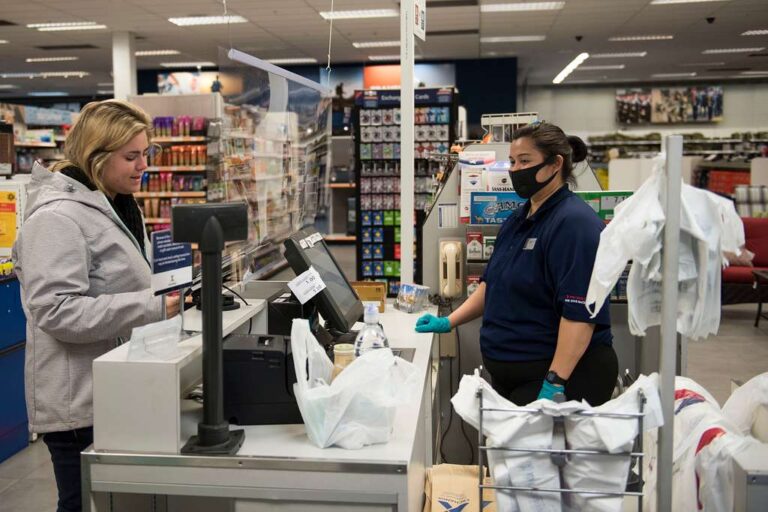Deanna Krokos is a student at Harvard Law School
It has been a busy month for the NLRB. In a 3-1 party-line decision on Thursday, the board upheld an agency judge’s ruling that misclassifying workers as independent contractors does not violate federal labor law. The ruling rested on the conclusion that misclassification does not interfere with the right to organize protected by the National Labor Relations Act. However, many argue that the act of misclassification does just that—it considers actual employees, who have the right to organize, to be independent contractors who do not. The Board found that the company did not threaten to fire the Velox Express Inc. medical couriers over participation in concerted activities, and that absent that Section 8(a)(1) violation, the employer has yet to break the law. Obama-appointed Board member Lauren McFerran was the lone opposing vote, finding that “when an employer incorrectly tells workers that they are not employees, it says they have no labor law rights. The chilling effect on their ability to exercise such rights is clear.”
Further, as Andrew wrote yesterday, the NLRB has issued another decision that erodes the rights of workers. In Bexar County, the Board ruled that contractors who work on premises not owned by their employer have no “access rights” to that property for organizing or education efforts. Contractors that spend 88% of working time at one location, like the Symphony-musician plaintiffs in Bexar County, were deemed to have the same legal access rights as non-employee strangers—that is, none. As Andrew importantly highlighted, the decision will affect growing populations of “fissured” workers in the janitorial and food service sectors that have seen falling labor standards as jobs have been converted to contract positions.
As Labor Day turns 125 this weekend, Vox reports that Americans’ attitudes toward labor unions has climbed to one of the highest levels in 50 years. A recent Gallup Poll shows that 64% of Americans support labor unions, which is 16% higher than the same metric in the middle of the Great Recession. In 2003, the statistic reached 65%, and progressively declined during the mid-2000s. CBS and Vox commentators note that even as support rises, membership has not, as the labor movement faces significant challenges protecting the right to organize. The increasingly fissured economy (and rulings like Bexar), the expansion of state-based “Right to Work” legislation, as well as last year’s Janus ruling have all levied significant blows against the right to organize. Currently, 10.5% of the workforce is unionized, a marked decline from the high-point of 35% in 1954.
I wrote this summer about the rise of companies requiring employees to non-compete agreements in low-wage jobs and internships. This week, the Economic Policy Institute released a report contextualizing the effect of non-competes on vulnerable workers in an increasingly fissured economy. The report exhaustively explains the harm these agreements can do to workers, and how their use in low-wage industries departs from traditional understandings of their purpose.






Daily News & Commentary
Start your day with our roundup of the latest labor developments. See all
October 27
GM and Rivian announce layoffs; Boeing workers reject contract offer.
October 26
California labor unions back Proposition 50; Harvard University officials challenge a union rally; and workers at Boeing prepare to vote on the company’s fifth contract proposal.
October 24
Amazon Labor Union intervenes in NYS PERB lawsuit; a union engages in shareholder activism; and Meta lays off hundreds of risk auditing workers.
October 23
Ninth Circuit reaffirms Thryv remedies; unions oppose Elon Musk pay package; more federal workers protected from shutdown-related layoffs.
October 22
Broadway actors and producers reach a tentative labor agreement; workers at four major concert venues in Washington D.C. launch efforts to unionize; and Walmart pauses offers to job candidates requiring H-1B visas.
October 21
Some workers are exempt from Trump’s new $100,000 H1-B visa fee; Amazon driver alleges the EEOC violated mandate by dropping a disparate-impact investigation; Eighth Circuit revived bank employee’s First Amendment retaliation claims over school mask-mandate.